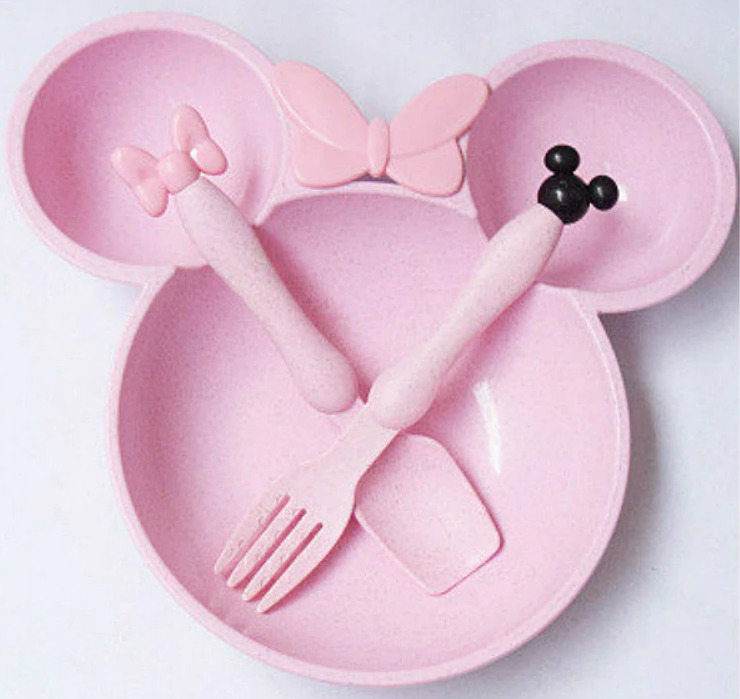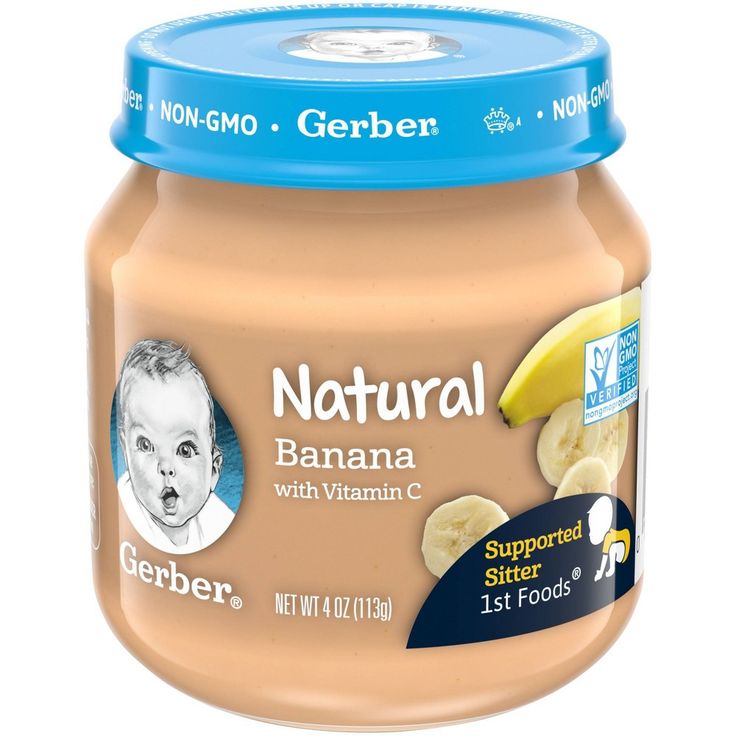Food with dha for babies
DHA for Babies and Kids
DHA is an omega- 3 fatty acid. It is used to improve health in children. Found naturally in many sources, the expectant mother is the primary giver of this acid when she is pregnant. The prenatal period is a window when the baby’s brain develops with the help of the right nutrition supplied through the placenta. DHA influences the development of the brain, eyes and other primary neurological functions. It has a profound influence during the first two years of life and early stages of childhood. From birth until five years of age, the brain increases by 3.5 times its total mass and it is of critical importance that DHA is consumed in adequate amounts to support the rapid growth in the brain.
A healthy diet that provides about 600mg of DHA daily has a significant impact on the cognitive functions of the child and enhance the development of the brain and eyes. Organ meat and fatty fish are rich sources of naturally found DHA and unfortunately, these are not commonly consumed by children as they are picky eaters and prone to allergies at times. However, the growing awareness of its importance has led to its inclusion in milk, formula and other fortified foods making it easier for people of all age groups including children to obtain the benefits of this important nutrient.
What is DHA?
Docosahexaenoic acid (DHA), a part of the omega-3 fatty acid family is a long-chain polyunsaturated fatty acid often called “the healthy fats.” It has a large influence on our body as it keeps us healthy and is crucial for the optimal growth of the brain and eyes through our life. In fact, the nutrient takes centre stage when neural tissues, including vision, are being formed in the womb. DHA supports our cognitive, visual and mental faculties as we age.
What Are the Benefits of DHA for Babies and Kids?
DHA has undoubtedly gained a lot of attention and is appearing in all places from eggs, baby food to milk. Why should one care so much about this nutrient? Well, the answer is it is a beneficial fat. The role of DHA is accentuated during infancy and early years of childhood.
For Babies
DHA plays a key role in the structural component in the brain, eyes and nervous system. Breastmilk is high in DHA content and breastfed babies have strong mental and visual acuity.
For Kids
During the early infant years until five years of age, the brain makes rapid development and increases to about 4 times its total mass. Adequate DHA intake during these crucial years in important for optimal development and enhancement of cognitive functions. It has been researched and proven that children who have a good intake of DHA until five years of age have better IQ scores, tremendous memory, good reading skills and strong vision.
DHA deficiency could be common in children suffering from Attention Deficit Hyperactive Disorder (ADHD). In a nutshell, DHA is imperative for neurological and visual development.
While there are no guidelines for a daily DHA dosage for children, there are certain recommendations that exist for the intake of DHA plus eicosapentaenoic acid, or EPA.
For Babies
Babies who are breastfeeding will receive most of their DHA intake from the milk. Breastmilk is known to be high on DHA content. It is advisable for mother’s to increase their intake of DHA rich food while breastfeeding, A breastfeeding mother should aim at consuming at least 600-800 milligrams of DHA in a day via natural sources or supplements.
For Kids
From the age of 1.5 years to five years of age, the DHA requirement for children is recommended as 600 milligrams of combined DHA plus EPA per day for a child weighing 20 kilograms.
DHA Rich Food for Babies and Kids
There are certain foods that are rich in DHA that you can include in your child’s diet. Here are some DHA rich foods for children of different ages.
1. DHA for Breastfed Babies
The best source of DHA for breastfed babies is from breast milk. The amount of DHA varies according to the mother’s diet and the quantity of omega-3’s and DHA she is receiving. It is advisable for feeding mothers to include fish, eggs, yoghurts and dried nuts in their diet to help babies receive DHA for healthy development of the brain and retina of the eye. Formula-fed babies get their DHA intake only if the formula is fortified with it and so it is important to read the labels.
It is advisable for feeding mothers to include fish, eggs, yoghurts and dried nuts in their diet to help babies receive DHA for healthy development of the brain and retina of the eye. Formula-fed babies get their DHA intake only if the formula is fortified with it and so it is important to read the labels.
2. DHA Foods for Toddlers and Kids
There are a lot of natural varieties of DHA food for toddlers and kids. Some foods that could feature in your child’s regular diet are:
- Salmon contains the highest content of DHA among the fish varieties and offers a healthy proportion of good omega-3 fats
- Eggs contain small amounts of DHA naturally but you could also opt for DHA enriched eggs from chickens fed with a supplemented diet
- DHA enriched yoghurts are a staple on the supermarket shelves and you could offer it to kids as a breakfast or light snack
- Peanut butter could be substituted for the sugar-rich jam as a spread to morning toast for kids
- Serve a handful of walnuts to your toddler as a delicious or healthy snack.

- Formula milk now comes with fortified DHA as manufacturers have realised the importance of DHA. There are some products specially designed for children aged 1 year and above and you could buy them after checking the label thoroughly.
Are DHA Supplements for Infants and Children Safe?
Numerous studies have covered the effects of DHA supplements on childhood development. Some research has proven that supplements have an effect on the behaviour and cognitive abilities of a child. DHA supplements administered to children with learning disabilities helped them in developing their mental capabilities to a certain extent. However, due to lack of research, DHA supplements are not recommended as a treatment for any condition in children. It is possible to achieve the needed intake by eating fatty fish, nuts and eggs in your diet. Discuss with your paediatrician about giving your kids DHA supplements and take his advice about the best DHA supplement for toddlers.
Precautions to Take while giving DHA Supplements to your Child
Mercury levels prevalent in seafood, when consumed in excess, could have an adverse effect on the cognitive development of a child. It is then that parents resort to DHA omega 3 supplements for kids. Supplements containing fish oil are purified and devoid of contaminating metals or minerals. However, small amounts of toxins may still be present. For breastfeeding babies, parents can buy DHA drops for infants in India. But, an excess of fish oil could lead to bleeding in children. So, it is mandatory that you seek consultation from the paediatrician before giving DHA supplements to determine the safe and effective dosage.
DHA is an important nutrient that fuels your baby’s optimal development. A well-balanced level of DHA has been linked to good retinal health and cognitive ability. The best way to include DHA in your child’s diet is to make every bite count by avoiding empty calories and choosing super-foods that will give your baby the necessary nutrition.
Also Read:
Advantage of Protein for kids
Is Protein Powder Safe for Kids?
Necessary Vitamin for Babies
Top 10 Brain Foods for Children
Want your child to do better in school? Take a close look at diet. Certain "brain foods" may help boost a child's brain growth -- plus improve brain function, memory, and concentration.
In fact, the brain is a very hungry organ -- the first of the body's organs to absorb nutrients from the food we eat, explains Bethany Thayer, MS, RD, a Detroit nutritionist and spokeswoman for the American Dietetic Association (ADA).
"Give the body junk food, and the brain is certainly going to suffer," she tells WebMD.
Growing bodies need many types of nutrients -- but these 10 superfoods will help kids get the most from school.
1. Brain Food: Salmon
Fatty fish like salmon are an excellent source of the omega-3 fatty acids DHA and EPA -- both essential for brain growth and function, says Andrea Giancoli, MPH, RD, a Los Angeles nutritionist and ADA spokeswoman.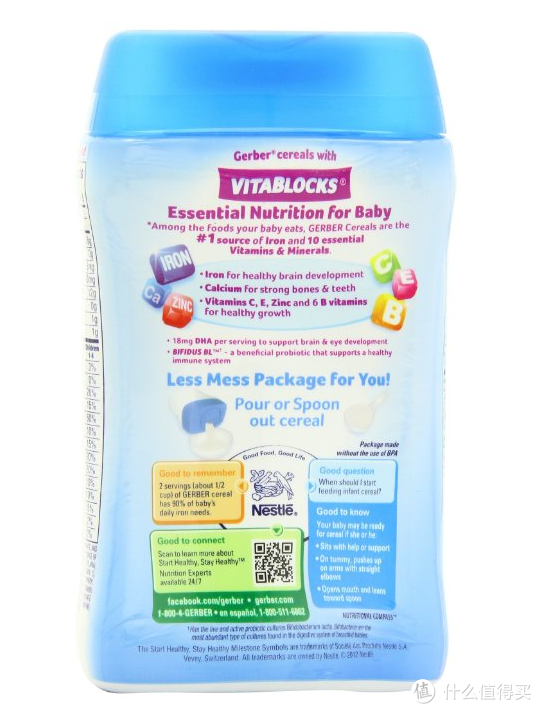
In fact, recent research has also shown that people who get more of these fatty acids in their diet have sharper minds and do better at mental skills tests.
While tuna is also a source of omega-3s, it's not a rich source like salmon, Giancoli tells WebMD.
"Tuna is definitely a good source of lean protein, but because it's so lean it's not very high in omega-3s like canned salmon is," Giancoli tells WebMD. Also, albacore "white" tuna has more mercury than canned light tuna, so the EPA advises eating no more than 6 ounces of albacore tuna weekly.
Eat more salmon: Instead of tuna sandwiches, make salmon salad for sandwiches -- canned salmon mixed with reduced-fat mayo or non-fat plain yogurt, raisins, chopped celery, and carrots (plus a little Dijon mustard if your child likes the taste). Serve on whole-grain bread -- which is also a brain food.
Soup idea: Add canned salmon to creamy broccoli soup -- plus frozen chopped broccoli for extra nutrition and soft texture. Boxed soups make this an easy meal, and are generally low in fat and calories, Giancoli says. Look for organic boxed soups in the health food section.
Boxed soups make this an easy meal, and are generally low in fat and calories, Giancoli says. Look for organic boxed soups in the health food section.
Make salmon patties -- using 14 oz. canned salmon, 1 lb. frozen chopped spinach (thawed and drained), 1/2 onion (finely chopped), 2 garlic cloves (pressed), 1/2 teaspoon salt, pepper to taste. Combine ingredients. Mix well. Form into small balls. Heat olive oil in pan, flatten spinach balls with spatula. Cook over medium heat. Serve over brown rice (instant or frozen).
2. Brain Food: Eggs
Eggs are well-known as a great protein source -- but the egg yolks are also packed with choline, which helps memory development.
Eat more eggs: Send your child off to school with a grab-and-go breakfast egg burrito. Try breakfast for dinner one night a week -- scrambled eggs and toast. Make your own egg McMuffin at home: just put a fried egg on top of a toasted English muffin, topped with a slice of low-fat cheese.
3.
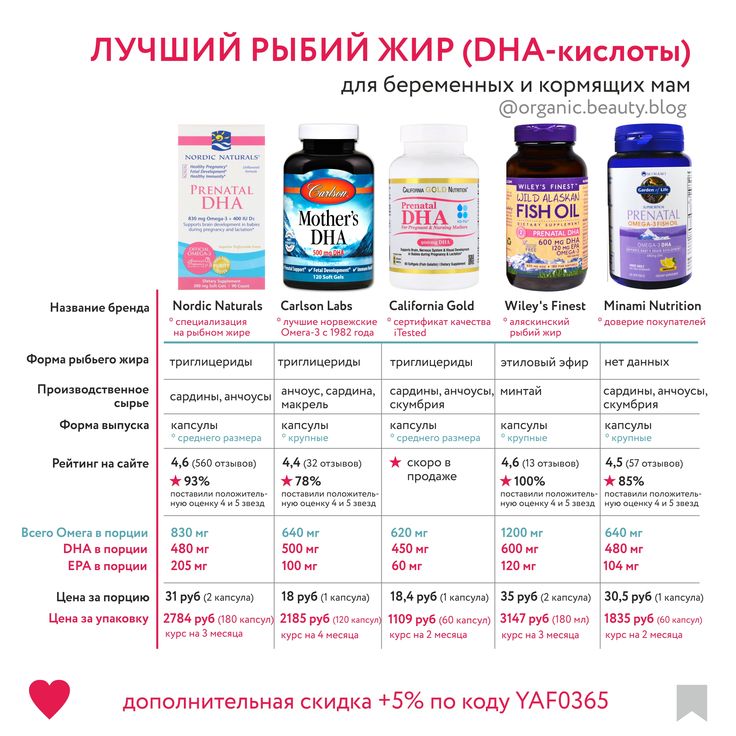 Brain Food: Peanut Butter
Brain Food: Peanut Butter"Peanuts and peanut butter are a good source of vitamin E, a potent antioxidant that protects nervous membranes -- plus thiamin to help the brain and nervous system use glucose for energy," says Giancoli.
Eat more peanut butter: For a twist on an old favorite, make a peanut butter and banana sandwich. Dip apple slices in peanut butter. Or, top off your favorite salad with a handful of peanuts.
4. Brain Food: Whole Grains
The brain needs a constant supply of glucose -- and whole grains provide that in spades. The fiber helps regulate the release of glucose into the body, Giancoli explains. "Whole grains also have B-vitamins, which nourish a healthy nervous system."
Eat more whole grains: It's easy to find more whole grain cereals these days (make sure a whole grain is the first ingredient listed). But also think outside the box -- and try whole wheat couscous for dinner with cranberries, or low-fat popcorn for a fun snack, she suggests.
Whole-grain bread is a must for sandwiches. Switch to whole-grain tortillas and chips for quesadillas, wraps, and snacks.
5. Brain Food: Oats/Oatmeal
Oats are one of the most familiar hot cereals for kids and a very nutritious “grain for the brain,” says Sarah Krieger, MPH, RD, LD/N, a St. Petersburg, Fla. consultant and ADA spokeswoman. "Oats provide excellent energy or fuel for the brain that kids need first thing in the morning."
Loaded with fiber, oats keep a child’s brain fed all morning at school. Oats also are good sources of vitamin E, B-vitamins, potassium and zinc -- which make our bodies and brains function at full capacity.
Eat more oats: Top hot oatmeal with pretty much anything -- applesauce and cinnamon, dried fruit and soy milk, sliced almonds and a drizzle of honey, fresh banana and a dash of nutmeg with skim milk, Krieger suggests.
Cooking? Throw a handful of dry oats into a smoothie to make it thick -- or into pancake, muffin, waffle or a granola bar recipe.
Here’s a simple snack kids can make: 1 cup peanut butter, ½ cup honey, 1 cup dry oats, ½ cup dry milk powder. Mix it up with your hands -- then put a tablespoon between 2 apple or pear slices for a fun and different sandwich!
6. Brain Food: Berries
Strawberries, cherries, blueberries, blackberries. "In general, the more intense the color, the more nutrition in the berries," Krieger says. Berries boast high levels of antioxidants, especially vitamin C, which may help prevent cancer.
Studies have shown improved memory with the extracts of blueberries and strawberries. "But eat the real thing to get a more nutritious package," Krieger says. "The seeds from berries are also a good source of omega-3 fats.."
Eat more berries: Add berries to veggies that may need a flavor boost -- like sliced sweet cherries with broccoli or strawberries with green beans. Toss berries into a green salad. Add chopped berries to a jar of salsa for an excellent flavor surprise.
More berry ideas: Add berries to yogurt, hot or cold cereal, or dips. For a light dessert, top a mound of berries with nonfat whipped topping, Krieger suggests.
7. Brain Food: Beans
Beans are special because they have energy from protein and complex carbs -- and fiber -- plus lots of vitamins and minerals, Krieger says. "These are an excellent brain food since they keep a child's energy and thinking level at peak all afternoon if they enjoy them with lunch."
Kidney and pinto beans contain more omega 3 fatty acids than other beans -- specifically ALA, another of the omega-3’s important for brain growth and function, says Krieger.
Eat more beans: Sprinkle beans over salad and top with salsa. Mash vegetarian beans and spread on a tortilla. Mash or fill a pita pocket with beans -- and add shredded lettuce and low-fat cheese. Add beans to spaghetti sauce and salsa. Infants love mashed beans with applesauce!
8. Brain Food: Colorful Veggies
Tomatoes, sweet potatoes, pumpkin, carrots, spinach -- vegetables with rich, deep color are the best sources of antioxidants that keep brain cells strong and healthy, Thayer says.
Eat more veggies: Try sweet potato fries: Cut up in wedges or sticks. Spray them with vegetable oil cooking spray and then bake them in the oven (400 degrees, 20 minutes or until they start to brown).
Make pumpkin muffins: Mix 1 15-ounce can of pumpkin with a box of your favorite cake or muffin mix. Stir the two ingredients together and follow the directions.
Baby carrots and tiny tomatoes fit nicely into lunch bags. Kids love spinach salads with lots of stuff in them -- like strawberries, mandarin oranges, sliced almonds. Another trick: Sneak all sorts of chopped veggies into spaghetti sauce, soups, and stews.
9. Brain Food: Milk & Yogurt
Dairy foods are packed with protein and B-vitamins -- essential for growth of brain tissue, neurotransmitters, and enzymes. "Milk and yogurt also provide a bigger punch with both protein and carbohydrates – the preferred source of energy for the brain," Thayer says.
Recent research suggests that children and teens need 10 times more the recommended dose of vitamin D -- a vitamin that benefits the neuromuscular system and the overall life cycle of human cells.
Eat more dairy: Low-fat milk over cereal -- and calcium- and vitamin D-fortified juices -- are easy ways to get these essential nutrients. Cheese sticks are great snacks.
Low-fat yogurt parfaits are also fun. In a tall glass, layer yogurt with berries (fresh, frozen, or dried) and chopped nuts (almonds or walnuts), Thayer suggests.
10. Brain Food: Lean Beef (or Meat Alternative)
Iron is an essential mineral that helps kids stay energized and concentrate at school. Lean beef is one of the best absorbed sources of iron. In fact, just 1 ounce per day has been shown to help the body absorb iron from other sources. Beef also contains zinc, which helps with memory.
For vegetarians, black bean and soy burgers are great iron-rich meatless options. Beans are an important source of nonheme iron -- a type of iron that needs vitamin C to be absorbed. Eat tomatoes, red bell pepper, orange juice, strawberries, and other "Cs" with beans to get the most iron.
For a burger-less source of iron -- try spinach. It's packed with nonheme iron, too.
It's packed with nonheme iron, too.
Eat more iron: For dinner, grill kebobs with beef chunks and veggies. Or stir-fry a bit of beef with kids' favorite veggies. Grill black bean or soy burgers, then top with salsa or a tomato slice. Or, chow down on a spinach salad (with mandarin oranges and strawberries for vitamin C).
Children's Omega 3 Benefits of DHA
6-12 months
Article
0 reviews
It is important for every mother that her child is healthy, active, learns something new well and develops intellectually. Children are characterized by curiosity, a desire to explore the world, they quickly pick up the behavior and vocabulary of their parents.
3 min. for reading Feb. 17, 2022
But this is not always the case.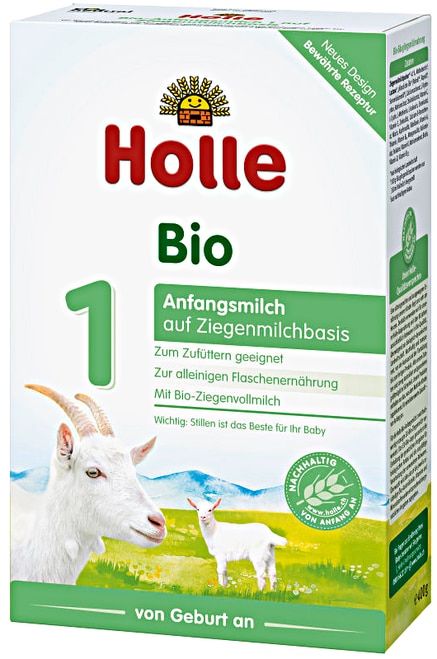 In early school and adolescence, many children begin to have problems concentrating, and academic performance declines. The reason for this may be a banal lack of docosahexaenoic acid (Omega-3), which directly affects brain function.
In early school and adolescence, many children begin to have problems concentrating, and academic performance declines. The reason for this may be a banal lack of docosahexaenoic acid (Omega-3), which directly affects brain function.
What are the benefits of DHA for children and how to replenish the reserves of this acid in the child's body - further in the material.
What is DHA and EPA
Docosahexaenoic acid (DHA) and eicosapentaenoic acid (EPA) are polyunsaturated fatty acids that act as a building material for our cells and are important for the normal functioning of the brain. Polyunsaturated fatty acids are very important during the growth and development of the child's body. Omega-3 and Omega-6 are simply necessary for the health of the organs of vision. Numerous scientific studies have established that DHA is a nutritional component for the retina. In addition, this acid is important for the functioning of neurons that are responsible for the learning ability and psychological health of children. nine0003
nine0003
Read also: Does a child need cholesterol?
However, deficiency of polyunsaturated fatty acids in young children and adolescents is quite common. Our body is not able to produce these substances in the right amount, so the main source of unsaturated acids is the foods that we eat. If there are no difficulties with Omega-6 - they are in sufficient quantities in butter and vegetable oils, then with Omega-3 everything is somewhat more complicated. Docosahexaenoic acid is found in fatty fish and algae. But in order to provide the body with the right concentration of this substance, these foods must be eaten regularly. Every mother knows how difficult it is to make a child eat fish, and even more so seaweed. nine0003
See also: Are seafood and baby compatible?
How to fill the deficiency of DHA
Regular fish oil can be an excellent alternative to fish, shellfish and algae unloved by children.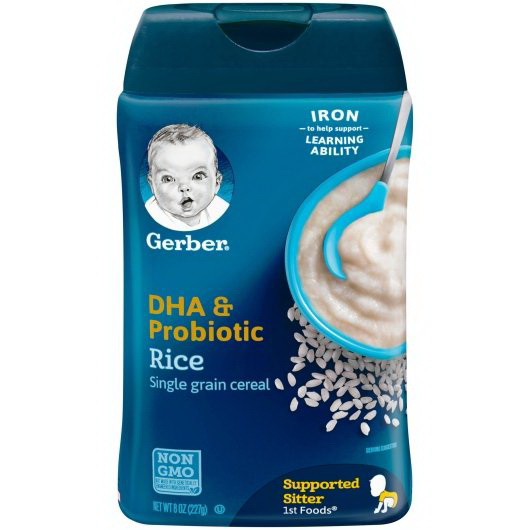 Of course, we are not talking about its traditional format, which the older generation was fed in kindergartens from a spoon. Now there is a huge variety of concentrated fish oil in gelatin capsules without taste and smell. Adding drugs based on this component to the daily diet of a child is not difficult. nine0003
Of course, we are not talking about its traditional format, which the older generation was fed in kindergartens from a spoon. Now there is a huge variety of concentrated fish oil in gelatin capsules without taste and smell. Adding drugs based on this component to the daily diet of a child is not difficult. nine0003
Healthy growth and immunity
NAN® 3 OPTIPRO® contains an optimized protein complex and probiotics that help normalize the intestinal microflora and increase the body's ability to fight infections.
To learn more
One capsule contains enough DHA to meet your daily requirement. It is worth noting that the course of the drug will help:
- Establish proper brain development
- Improve cognitive functions
- Strengthen immunity
- Improve skin condition, which is especially important for children of transitional age
- Combat insomnia and restless sleep
- Calm the nervous system
In addition to the already mentioned fish and algae, Omega-3 polyunsaturated acids are also found in other foods. For example, they are found in meat, eggs and dairy products. It is also worth noting that not all varieties of fish contain these substances. Give preference to herring, mackerel, salmon, caviar and cod liver. nine0003
For example, they are found in meat, eggs and dairy products. It is also worth noting that not all varieties of fish contain these substances. Give preference to herring, mackerel, salmon, caviar and cod liver. nine0003
DHA intake and side effects
The body's need for DHA increases before the age of 2 years, when the child's body is actively growing and developing. This element is extremely important for the formation of brain structures in the first days of life. DHA can be introduced into the infant's diet through breast milk. For children under two years of age, the daily intake is determined based on body weight. The optimal dose is considered to be 4.5-5.5 milligrams per kilogram of body weight. nine0003
Although omega-3s have many health benefits, they also have some serious side effects. So the consumption of polyunsaturated fatty acids in excess of the norm can lead to problems with the blood. They are known to have the ability to thin the blood. And this in itself is dangerous, especially in childhood. The slightest scratches, abrasions or more serious wounds will be accompanied by profuse bleeding and bruising.
The slightest scratches, abrasions or more serious wounds will be accompanied by profuse bleeding and bruising.
Omega-3 preparations are considered a dietary supplement and are sold without a prescription, but, like any drug, you should not prescribe it to a child on your own. This is just the case when excessive caution will not be superfluous. Talk to your doctor, do some simple medical tests, check your blood clotting rates, and if all is well, feel free to include DHA foods and supplements in your child's diet. nine0003
Latest reviews
Average customer rating
0 customer ratings
Snapshot of community ratings
- five 0
- 4 0
- 3 0
- 2 0
- one 0
Recommended articles
6-12 months
Article nine0003
Does a child need cholesterol?
0 reviews
Cholesterol plays an important role in a number of physiological processes in the body of children.
6-12 months
Article
At what age can a child be given kefir
0 reviews
It is allowed to give kefir to a child not earlier than from 8 months, and this age refers to kefir intended specifically for baby food
6-12 months
Article
Yogurt in the baby's diet
0 reviews
Children's yoghurts are a source of protein, calcium and other trace elements (iron, magnesium, zinc, iodine) and vitamins B, A, E and C, have a lower acidity compared to kefir. Thanks to lactic acid bacteria, yogurt is easily digested and absorbed. This product improves bowel function and strengthens the immune system. When to introduce yogurt into the baby's diet? Which yogurt do you prefer? nine0003
6-12 months
Article
Antioxidants: what are the benefits and what foods contain
0 reviews
Antioxidants are very important substances for human health: they reduce the action of free radicals that can damage body cells, and thus reduce the risk of developing various diseases.
6-12 months
Article
Herbal teas in baby food
0 reviews
Herbal teas in baby food
6-12 months
Article
Why is cow's milk not good for babies?
Cow's milk, which occupies a worthy place in the diet of adults and older children, is categorically not recommended for infants, even in the form of fermented milk products and in a diluted form. nine0003
0-6 months
Article
Proper nutrition is the basis of future health
During the first 1,000 days of a baby's life, optimal nutrition largely determines the growth and development of the child in the present and future. A balanced diet, which contains the most important macro and micronutrients, is an important investment in a child's future health.
6-12 months
Article nine0003
selenium for babies
0 reviews
Selenium is an essential element, i. vital. It plays a key role in the body's antioxidant defense system. This means that it protects the cells of our body from damage and death.
6-12 months
Article
Chocolate for children: good or bad? nine0043
Chocolate means “food of the gods” in Latin. It deserves such a name, because it has many useful properties. But can you give chocolate to children? And from what age?
6-12 months
Article
Arachidonic acid (ARA): what are the benefits for children?
0 reviews
In the first years of life, the child's body actively grows and develops.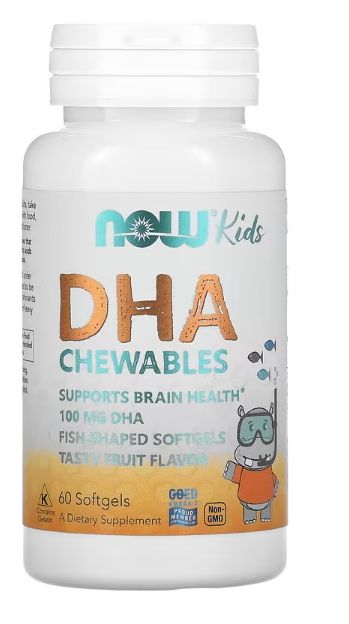 nine0003
nine0003
6-12 months
Article
By-products are very important products
0 reviews
What are by-products? These include the heart, liver, kidneys, brains, tongue, lung. Let's say right away: young children are not given a lung, kidneys and brains. Therefore, we will talk about the rest of the by-products that are considered valuable for baby food.
nine0002 6-12 monthsArticle
The need for iron in children. Complex of vitamins and iron Iron +
0 reviews
Iron is one of the most important trace elements for the human body. It is part of a variety of tissue proteins, enzymes that provide metabolism in cells. The most important function of iron is participation (in the composition of hemoglobin) in the delivery of oxygen to all tissues of the body. nine0003
nine0003
6-12 months
Article
Immunity Boosting Products
Oh, that mysterious capacious word "immunity"! Pediatricians attribute numerous catarrhal childhood diseases to his immaturity, saying that, they say, immunity will get stronger and the child will stop getting sick.
6-12 months
Article
Seafood and baby: compatible? nine0043
0 reviews
Seafood is marine life other than fish, i.e.: seaweed, shrimp, squid, lobster, spiny lobster, crabs, krill, scallops, oysters, etc.
6-12 months
Article
Jelly and jelly in the diet of a child
0 reviews
Jelly is a gelatinous mass obtained from broths and sweet drinks by adding gelling agents to them, most often gelatin. Should I give my child jelly and jelly? There are different opinions on this matter.
Should I give my child jelly and jelly? There are different opinions on this matter.
6-12 months
Article
Drink cow's milk for health?
0 reviews
Now there is a lot of talk about the dangers of cow's milk for babies, and it is on it that our grandmothers and mothers grew up. Is cow's milk really so harmful, and what exactly is its negative impact? When is it worth introducing cow's milk into a child's diet, and how to do it correctly? nine0003
6-12 months
Article
Products containing iron
0 reviews
A complete and balanced nutrition according to the main ingredients allows you to satisfy the physiological need of the child's body for trace elements.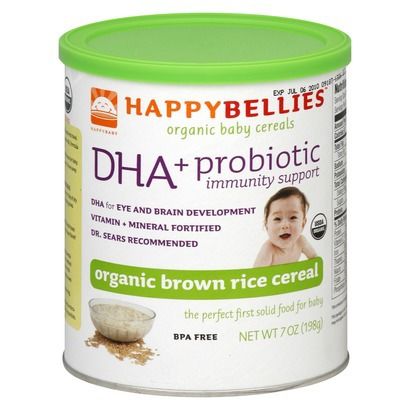 Let's look at the list of foods containing iron.
Let's look at the list of foods containing iron.
6-12 months
Article nine0003
nuts
What you need to know about nuts and when can you give them to your baby?
6-12 months
Article
Eggs: how much, when, what?
After one year, we introduce egg white into the child's diet. Thus, the child can eat a whole egg in one of the meals. And here a lot of questions arise. Which eggs are preferable, chicken or quail; is it possible to eat eggs daily and in what quantity; and also in what form they should be served. Do we know? nine0003
Join the Club
We know that being a mother is not only unlimited happiness, but also a great responsibility. We will help you!
Register
Still haven't found what you need?
Try our new search.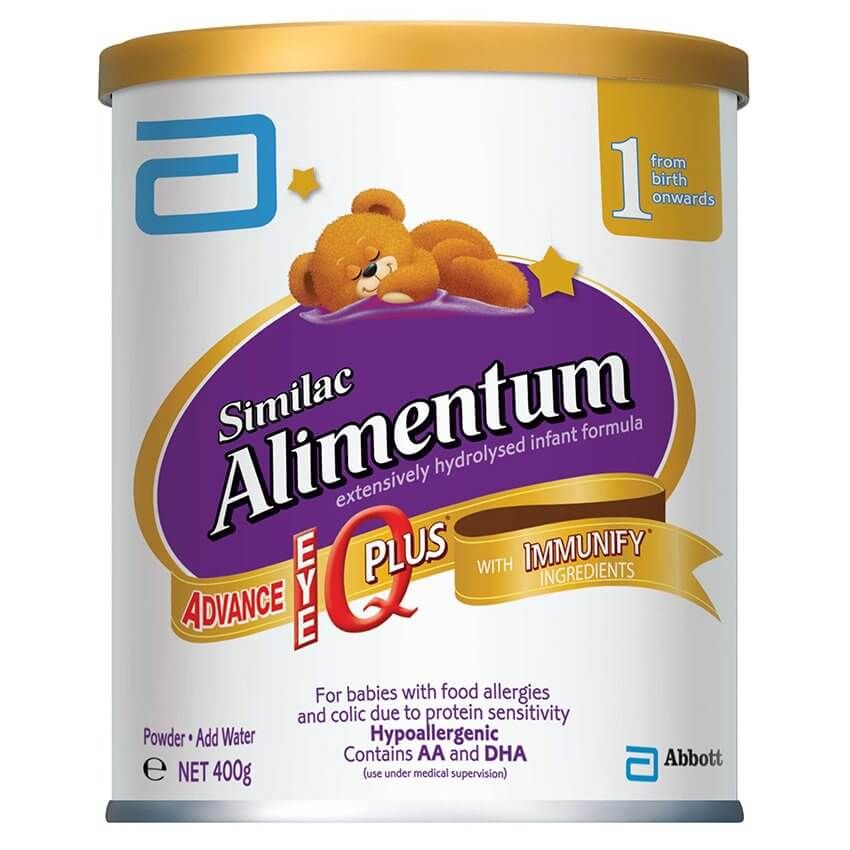
Search
What is DHA, how does it affect the development of the child? nine0001
12 Dec 2019
24 Nov 2022
3 minutes
22535
ProWellness
Table of contents
- DHA benefits for children
- DHA deficiency symptoms in children
- Daily intake of DHA for children
- DHA-rich foods
Disclaimer 9
Please note that all information posted on the site Prowellness is provided for informational purposes only and is not a personal program, a direct recommendation for action, or medical advice. Do not use these materials for diagnosis, treatment, or any medical procedure. Consult your physician before using any technique or using any product. This site is not a specialized medical portal and does not replace the professional advice of a specialist. The Site Owner is not liable to any party who has suffered indirect or direct damage as a result of misuse of materials posted on this resource.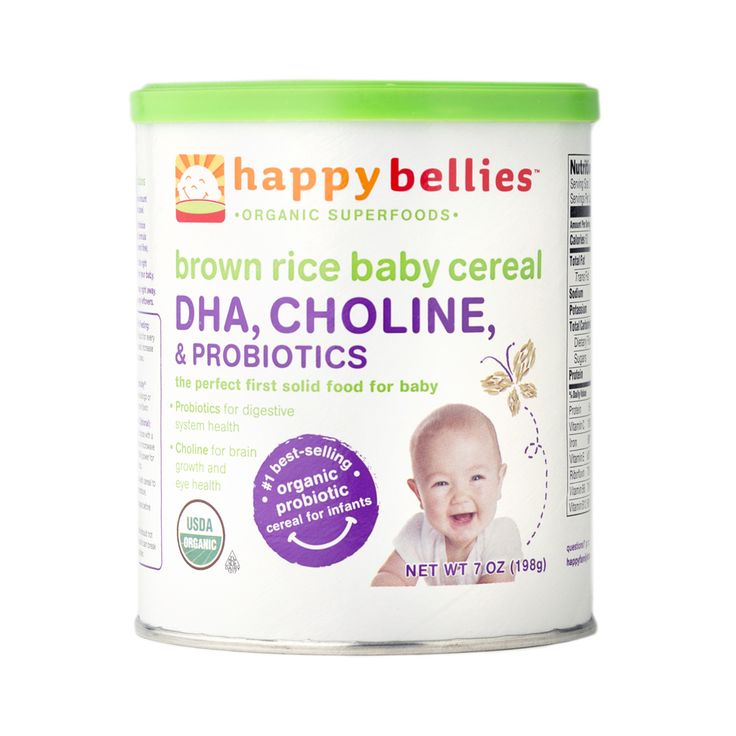 nine0003
nine0003
What is DHA and how does it affect a child's development?
DHA - docosahexaenoic acid, which is one of the most important omega-3 acids. The body produces a small amount of DHA, so it is recommended to take it in addition to food or in the form of special supplements. Fatty acids are essential for people of all ages, including children.
Benefits of DHA for children
The acid in question is of paramount importance in the formation of the hormonal, nervous, and immune systems. nine0021 It has a positive effect on the functioning of the brain, affects the laying of molars.
During breastfeeding, the child receives almost all the necessary substances. A shortage occurs only if the mother herself is malnourished and therefore cannot provide a sufficient amount of the substances necessary for the baby.
Attention! Before the age of 14, children begin to develop their brains.During this period, the body needs at least 1 g of omega-3 acids per day. nine0335
DHA, in addition to the above qualities, has other useful properties:
- Combats inflammation in the body.
- Counteracts Attention Deficit Hyperactivity Disorder. Numerous studies have shown that patients with this syndrome have low levels of dha in the blood.
- Helps develop normal vision. In order for the baby's eyes to function well, a woman should not only add DHA to the baby's diet, but also consume enough of it during pregnancy. nine0024
Also, the acid in question is responsible for the normal development of mental health.
Symptoms of DHA deficiency in children
If you experience any of the following symptoms, you should consult your doctor as your child may have a DHA deficiency:
- Appearance of diathesis and atopic dermatitis.
- Significant decline in cognitive abilities: memory, attention, school performance.
nine0051 Hyperactivity syndrome.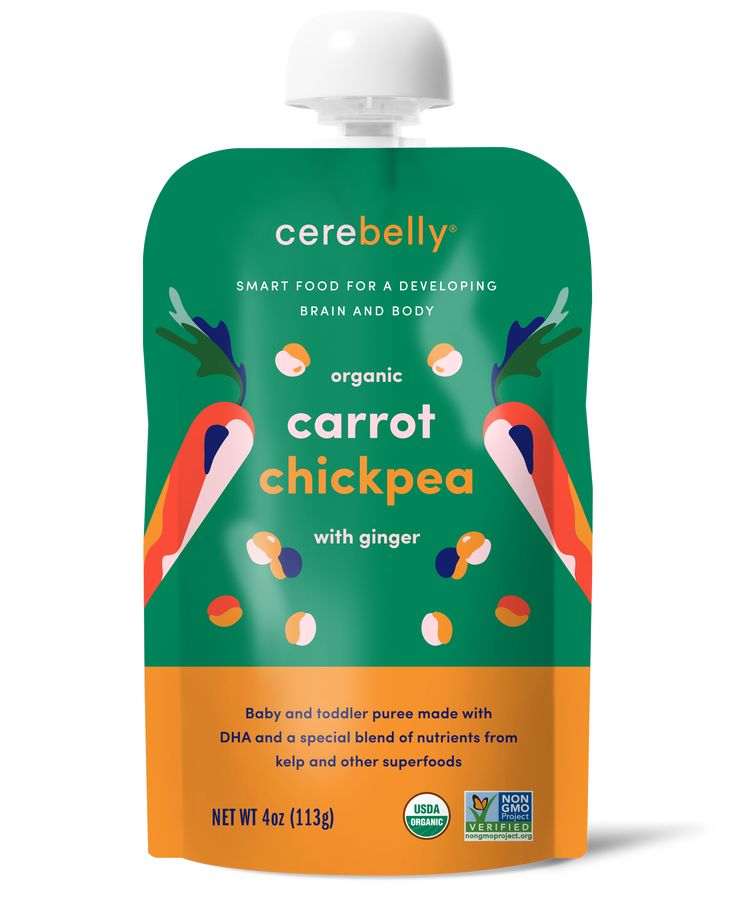
- Frequent allergic reactions.
- Reduced vision.
- Dry skin.
Attention! With a lack of DHA, it is recommended to enrich the diet with food rich in this substance. And in case of acute deficiency - use pharmacy drops with docosahexaenoic acid.DHA for children
At the moment, the approximate dosage of DHA is known. nine0021 It is 200-500 mg of acid per day. Upper limit - 3000 mg.
When prescribing the drug in capsules or drops, you should carefully read the instructions and adhere to the dosages indicated in it. You also need to consult with your doctor.
DHA rich foods
In order to avoid a deficiency of docosahexaenoic acid, it is necessary to diversify the child's diet with the following products: nine0003
- lean meats;
- vegetable seafood;
- eggs;
- cheeses;
- yoghurts.
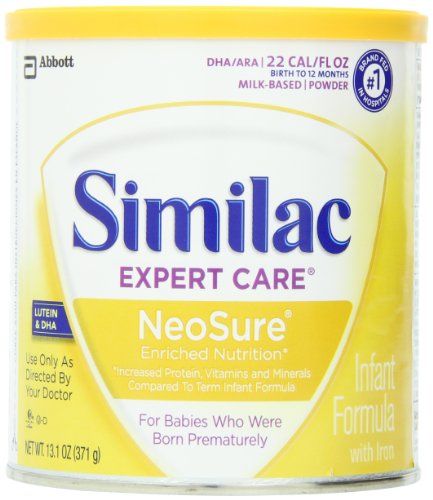
But the most common product is fish. The leaders in the content of DHA are trout, herring, carp, as well as fish oil.
Attention! Fish should be introduced into the child's diet carefully, as it can provoke an allergic reaction. In this case, it is better to switch to chicken meat and eggs. This food also contains the required amount of DHA. nine0335Adults also benefit from enriching their diets with these important foods, as having enough DHA in the diet is the best prevention of Alzheimer's disease and multiple sclerosis.
Disclaimer
Please note that all information posted on the site Prowellness is provided for informational purposes only and is not a personal program, a direct recommendation for action, or medical advice. Do not use these materials for diagnosis, treatment, or any medical procedure. Consult your physician before using any technique or using any product.


